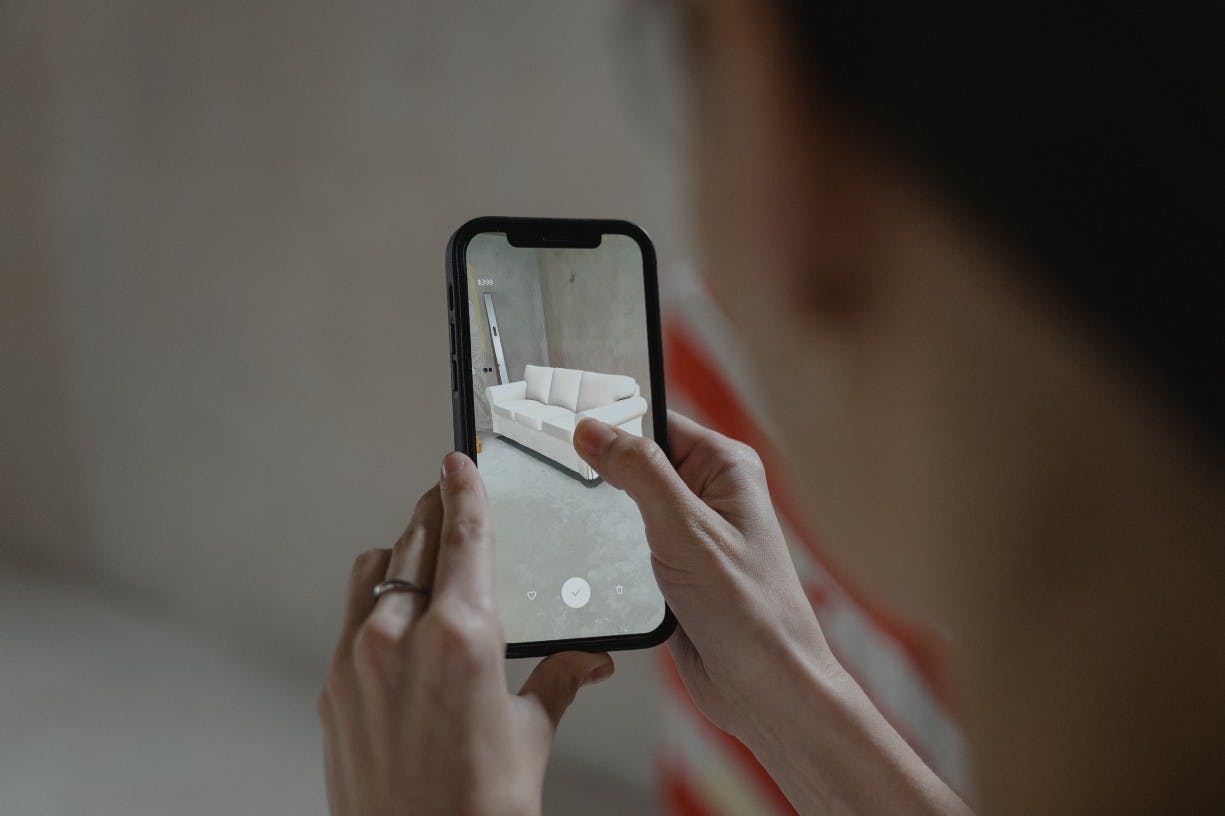Augmented reality is an experience where a layer of digital objects or information is placed on or augmented into the real world. Augmented Reality can be accessed through AR-enabled phones, glasses, devices, and even the web.
Web AR or Web-based Augmented Reality is a form of augmented reality where you experience AR directly on the internet from your browser without needing to download an application or use social media apps like Snapchat, Instagram, or Tiktok.
Web AR can be accessed by just clicking on a URL or scanning a QR code. It is easy to access and can be experienced on almost all devices.
Research into Web AR started over 20 years ago and now, web-based augmented reality has become even more common. It is used in shopping, brand awareness, games, filters, and even virtual concerts!
Why Web AR?
Why is Web AR becoming so popular? What advantages does it have over regular app-based augmented reality experiences?
Accessibility
Web AR is very accessible. It is supported by most major phone manufacturers and web browsers. This reduces the number of people unable to use AR because they are not able to download apps because of memory and device limitations.
No Apps Needed
With Web AR, you don't have to download an app to experience augmented reality. You can access it right there on your browser. This way, you increase retention by keeping users on your website and not sending them out to other applications. Also, users are assured of literally no updates, ever.
Faster Development and Deployment
Web-based Augmented Reality is much faster to develop than app-based AR. It takes a few weeks to create while app-based AR takes anything from 2 months to years.
It is better to use Web AR for your company or brand if you're just starting out and testing the AR waters. You could host your Web AR experience separately or make it a part of your website.
High Engagement
Studies show that adding interactivity to your content can make it more effective and lets users remember you better. Immersive experiences always stick to the user’s mind better and are more likely to be shared with others.
Better Shopping Experience
 Allowing users and customers to try on products through web-based AR before purchasing drives sales and increase the chances of a buy drastically. With face tracking, users can try on headgear like hats and sunglasses to see how they look before making a buy. This also creates a better user experience.
Allowing users and customers to try on products through web-based AR before purchasing drives sales and increase the chances of a buy drastically. With face tracking, users can try on headgear like hats and sunglasses to see how they look before making a buy. This also creates a better user experience.
Full Analytics tracking
With Web AR, you can track and monitor the usage of your experiences just like you would do a normal web page. You can track engagements, how long a user uses your experience, etc.
Limitations of Web AR
Web based Augmented Reality is exciting but still relatively new. There are some blockers that could make experiencing this new technology difficult.
Network connection
Web AR experiences can only be enjoyed properly with a strong and steady internet connection. A weak internet connection can ruin the AR experience for the user and become a source of frustration.
Limited Functionality
To keep download time low and deliver a good experience for users, Web AR can’t afford to be very complex yet. Low-poly objects and fewer interactions are some of the compromises to be made when creating AR experiences on the web.
Device and Browser Compatibility
Devices and browsers are built differently with different features, speeds and processors. Building experiences that work consistently over a wide range of devices and browsers would be difficult.
The Future of Web AR
Web AR is expected to be a major part of marketing and a norm on websites. Companies like Samsung and Spotify have incorporated the use of Web-based augmented reality into marketing and creating better experiences for their customers.
Technologies like 8th Wall, Zappar, and Blippar are making strides in the Web AR space that make it easier for these web-based AR experiences to be built.

